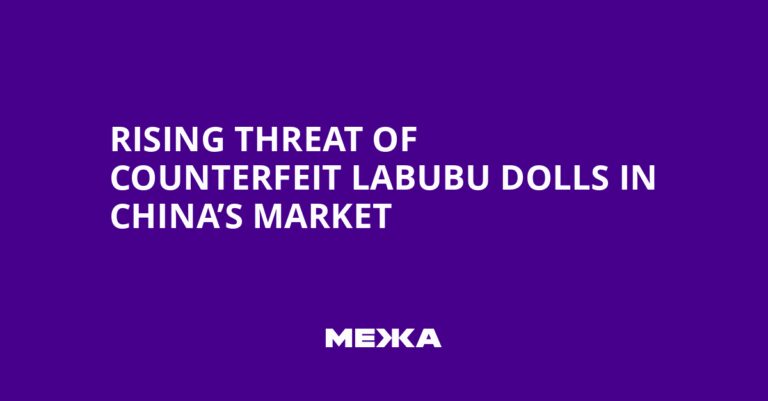In a small town in Hebei Province, on the Chinese Labubu market, Labubu has lost its status as a desirable collectible doll behind glass displays. Now they are sold just like vegetables: bulk dumped into large plastic bags or stacked in car trunks for sale.
These are not the original Labubu – those Pop Mart dolls that have gained cult status in recent months – but Lafufu – a wave of counterfeit goods. Collectors even coined humorous names like Lagogo, Lababa, and Lapupu.
Who makes them and why it’s harmful
Last month, Pop Mart reported nearly a 400% rise in profits for the first half of the year. Despite warnings from several countries not to buy fakes, Lafufu sales continue to grow – memes, funny videos, and unboxings are appearing.
Most Lafufu are produced by small factories in Guangdong and Hebei provinces and sold both domestically and abroad.
In the United States and the United Kingdom, buyers are warned that counterfeit items may be of low quality and contain small detachable parts – eyes, hands or legs – that pose a serious danger to children.
Chinese authorities are also trying to remove them from the market: since the beginning of the year, more than 1.8 million dolls intended for export have been confiscated.
“They are the cutest and at the same time the most disgusting things you’ve ever seen.”
– Daniel Horres
According to a factory in Dongguan, during the peak demand in July, 150,000–160,000 counterfeit dolls were sold, bringing up to 2 million yuan in profit. “Many fans simply couldn’t get Labubu, even those who tried very hard,” explained the sales manager.
Despite intensified campaigns by customs and regulators, demand for Lafufu remains: for some buyers it’s a way to mock the inflated prices of the original, and for others – a desire to own a “fashionable” item. The demand keeps the counterfeit market afloat, so the fight to protect brands continues.
In addition to financial losses for official manufacturers, Lafufu counterfeit products pose risks to consumers: low-quality parts, potential lack of certification, and a general tendency toward disappointment with collectible dolls. Experts advise buyers to check the product’s origin, pay attention to packaging and serial numbers, buy only from trusted outlets, and use official distribution channels to avoid risks and support legitimate manufacturers.


